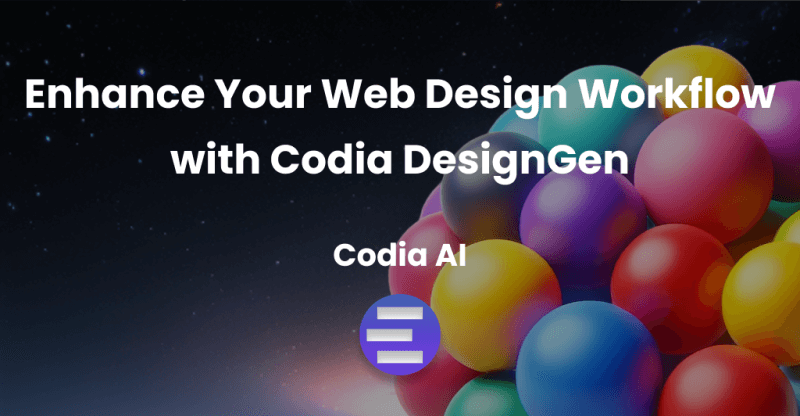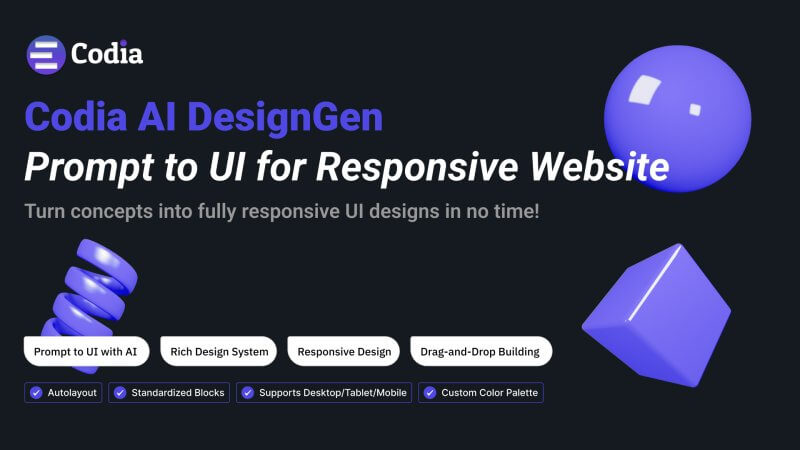In the digital marketing era, the landing page, a key bridge between traffic and conversion, has become increasingly important. An elaborately designed landing page can effectively attract visitor’s attention, guide them to perform targeted actions such as signing up or purchasing, and ultimately enhance marketing results. Traditional design and development of landing pages require a substantial amount of time and human resources, which poses a significant obstacle for small and medium-sized businesses lacking in technical resources. In recent years, with the rapid development of artificial intelligence technology, AI landing page generators have emerged, providing users with a fast, simple, and efficient method of creating landing pages.
1. Advantages of AI Landing Page Generators
- Fast and Convenient: Quickly generate high-quality landing pages by simply inputting keywords and descriptions, significantly shortening the production cycle.
- Easy to Use: No need for programming basis, with a drag-and-drop interface, it’s easy, even for beginners.
- Cost Reduction: Avoid hiring professional designers and developers, effectively reducing human resource cost.
- Data-driven: Provide intelligent recommendations based on data analysis to help optimize landing page performance.
2. Introduction to Mainstream AI Landing Page Generators
- Unbounce: Offers a variety of templates and powerful analysis features, suitable for users seeking high conversion rates.
- Landingi: Supports multi-language versions, suitable for users needing to target the global market.
- Instapage: Provides a wealth of templates and leading heat map analysis features, suitable for users pursuing the ultimate user experience.
3. Codia: Provides Personalized Landing Page Solutions
Codia offers a complete landing page solution that aids users in creating complex, beautiful, and high-quality code landing pages. First, utilize Codia’s auxiliary design tools to generate design drafts from screenshots, images, or texts. Then, use Codia’s code generator tool to automatically convert design drafts into landing pages with multiple technology stacks. Even though the process may be more complex, Codia solution offers powerful flexibility that meets users’ personalized needs.

Specific operating steps:
-
Create a Figma design draft.
Use the Codia plugin Screenshot to Figma to generate a Figma design draft from screenshots or images. Please refer to How to Convert Screenshots to Editable Figma Designs with Codia AI in 3 Easy Steps for detailed operation steps of Screenshot to Figma.

Use the Codia plugin DesignGen to generate a Figma design draft from text. DesignGen also provides a drag-and-drop interface to fine-tune design drafts.Please refer to Enhance Your Web Design Workflow with Codia DesignGen for detailed operation steps of DesignGen.
-
Use the Codia plugin Design To Code to convert design drafts into code. Use the Codia plugin Design To Code to convert the design drafts drafted in the previous step into different tech stack codes to get a beautiful landing page.Please refer to Figma to HTML: Streamlining Web Development from Design to Code for detailed operation steps of Design To Code.

Summary:
- AI landing page generators provide users with a fast, simple, and efficient method of creating landing pages.
- Codia’s complete solution can help users create complex, beautiful, and high-quality code landing pages.
- Choosing the right landing page creation tool can effectively enhance marketing results and help businesses efficiently acquire customers.
Here are some additional suggestions:
- Define your goal: Before creating a landing page, you first need to clarify what your goal is, whether it is signing up, purchasing, or performing other operations.
- Understand your target audience: Identify who your target audience is and what type of content and style they prefer.
- Test and optimize: Continually test and optimize your landing page to improve its conversion rate.
 Blog
Blog




